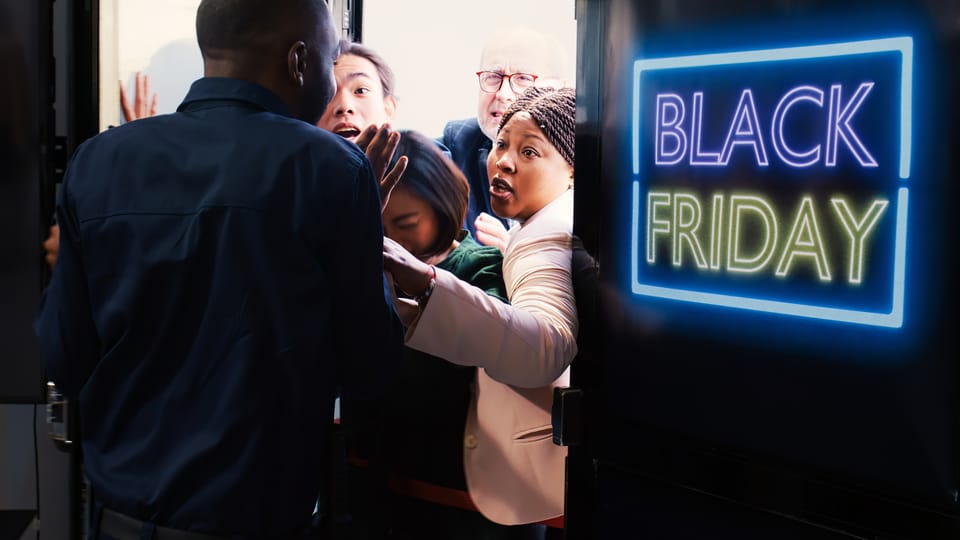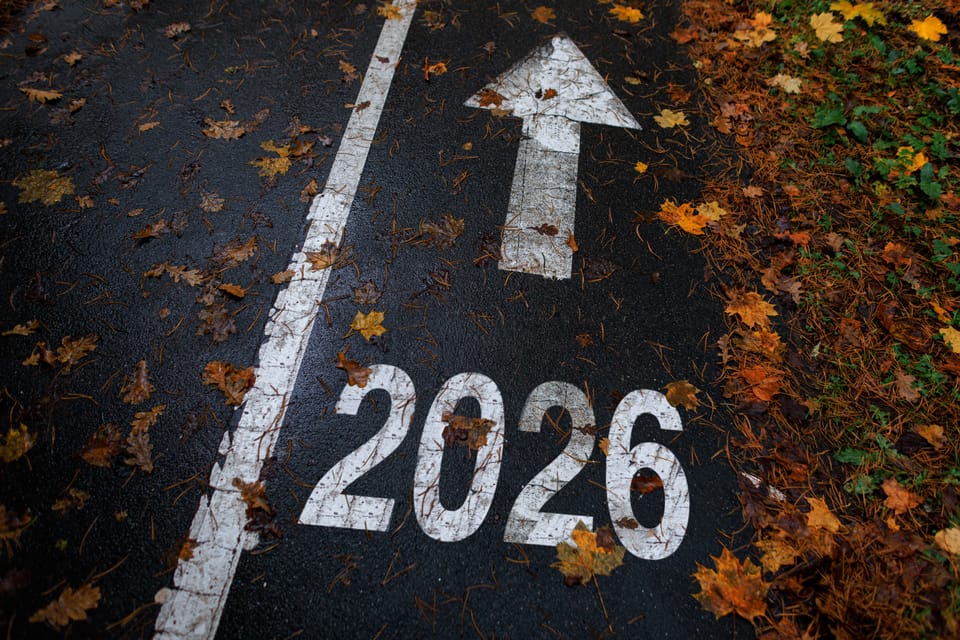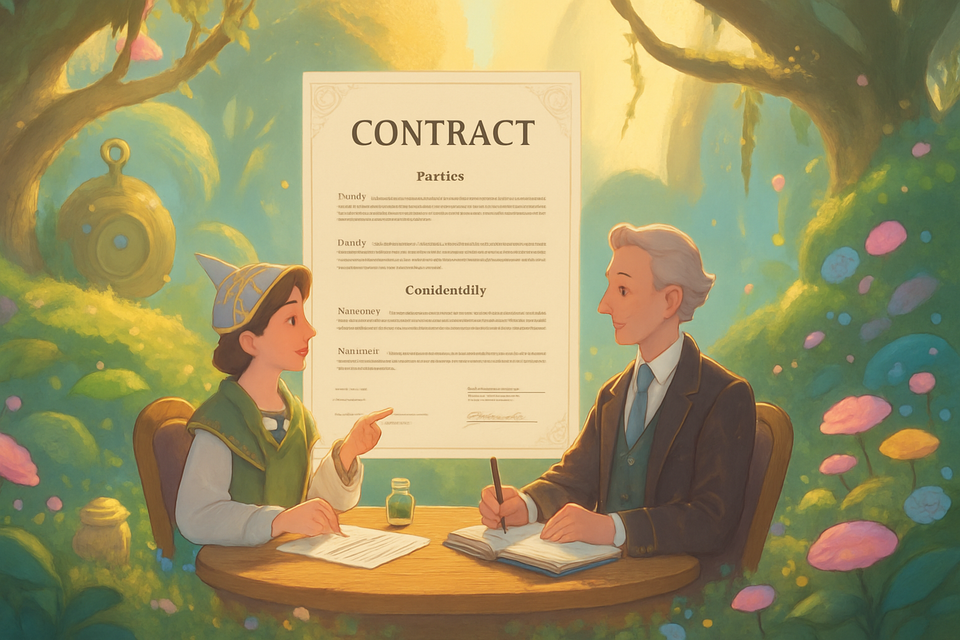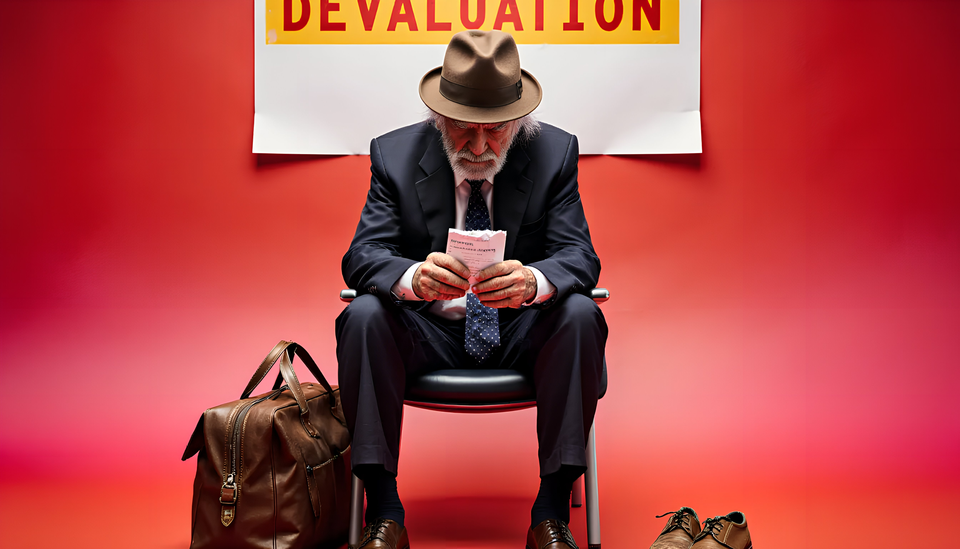The Ghost Economy: How Unredeemed Points Became the World’s Most Profitable Liability
There’s a trillion-dollar market floating above your head built on points you’ll never redeem. Every swipe fuels it. Every delay funds it. Airlines don’t sell seats; they sell your patience. The Ghost Economy isn’t a reward system - it’s the most profitable debt ever invented 👻
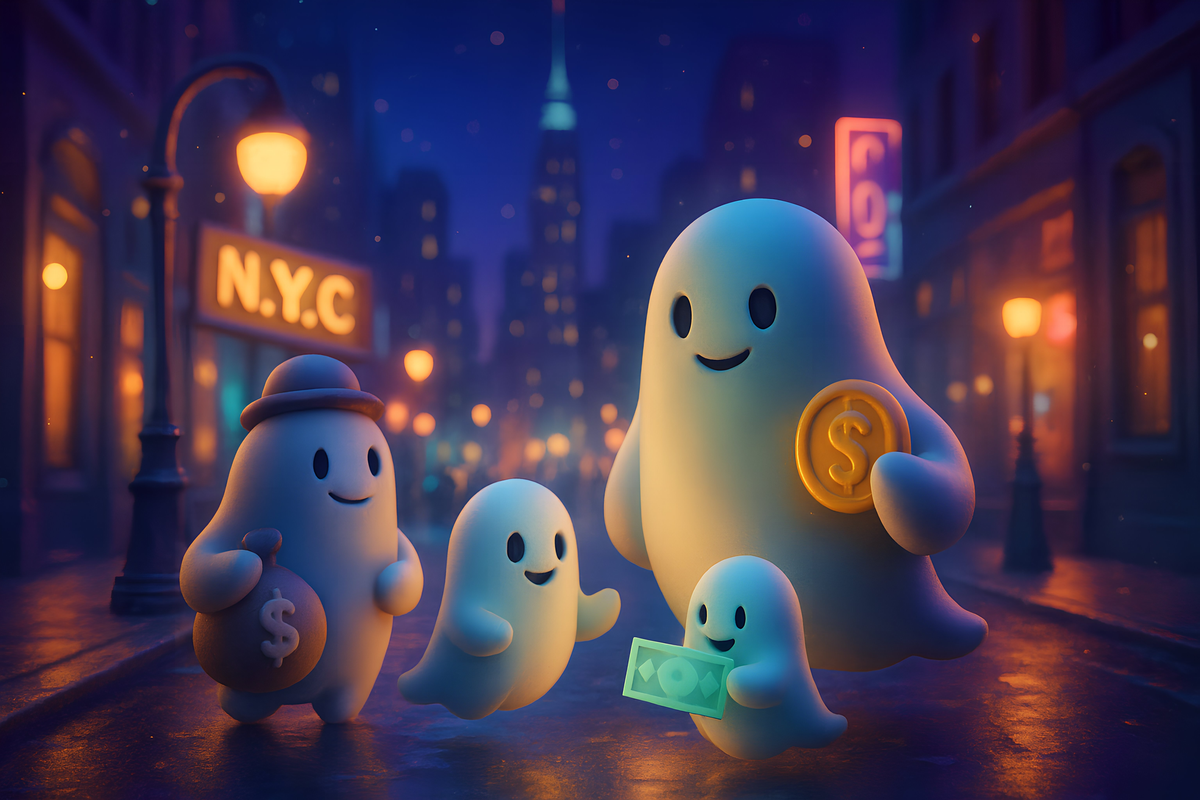
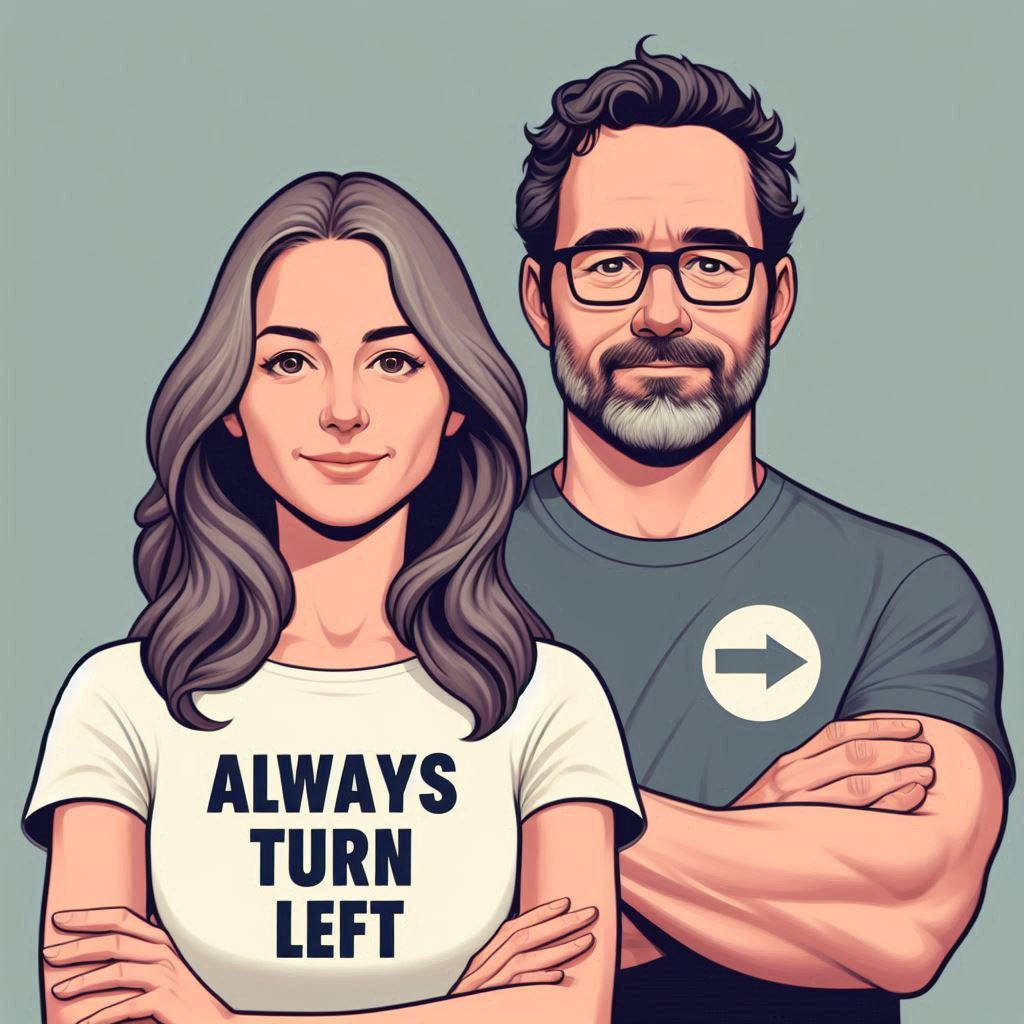
If You Only Had 60 Seconds to Read This Article
| Click Here 🤏🏻
Loyalty programs aren’t rewards - they’re financial engines. Airlines and banks sell points to each other, record them as liabilities, and sit on billions in deferred revenue that costs nothing to borrow. Every unredeemed point is an interest-free loan you’ve given to a balance sheet.
This unredeemed mass (called breakage) quietly funds the system. Over $1 trillion in outstanding points and roughly $200 billion in annual breakage profits make loyalty the most profitable form of corporate debt in existence. The longer you hold points, the longer they earn someone else money.
Loyalty inflation compounds the trap. More points flood the market, redemption prices rise, and consumers mistake growing balances for growing wealth. It’s a textbook liquidity illusion - one that fuels both airline solvency and bank growth.
The fix is simple but rare: redeem fast, redeem smart, redeem high. Treat points as perishable capital, not savings. Every strategic redemption is a withdrawal from the Ghost Economy and a return of your own liquidity before it’s devalued away.
Everything else you need to know is just below 👇🏻
🎞️: Powered by NotebookLM @ UpNonStop
The Big Short of Loyalty
Loyalty programs are not marketing engines. They’re balance sheet machines.
Buried deep in the financial disclosures of every major airline is a number labeled Deferred Revenue from Loyalty Programs. It sounds harmless (just another accounting term) but it represents the single largest source of cash these companies possess that costs them nothing to borrow.
American Airlines’ 2024 annual report lists over $10.1 billion in “loyalty-related deferred revenue.” Delta’s: $8.7 billion. United’s: $7.9 billion. Combine the top six programs in the world and you’re looking at roughly $30 billion in liabilities that behave like invisible loans from the public.
Loans they don’t have to repay - at least, not fully.
Every time you swipe your card, you create debt for them. But you’re the lender, not the borrower. You’ve fronted value in exchange for a promise: someday, maybe, you’ll fly in a lie-flat seat that justifies it. Until then, the airline sits on your money, recording it as unearned revenue while earning interest and expanding operations with your capital.
It’s not a scam. It’s better than a scam - it’s structurally legal, brilliantly engineered, and endlessly renewable.
This is the Ghost Economy: a trillion-dollar float made of your loyalty.
How the System Prints Money in Midair
To understand how the Ghost Economy sustains itself, follow the money. Literally.
That’s not passenger revenue. That’s the Ghost Economy operating in full daylight.
Breakage: The Profit No One Sees
There’s a term in loyalty finance for points that never get used: breakage. It’s the corporate equivalent of found money.
Breakage occurs for dozens of reasons: points expire, users forget passwords, or redemptions are intentionally made frictional through devaluation, blackout dates, and confusing partner charts. The result? Programs routinely record 10-20% breakage rates, depending on the currency.
For context, if Delta Airlines issues 100 billion SkyMiles in a year, roughly 15-20 billion of them will never be redeemed. At an average value of 1.3 cents per mile, that’s $200-250 million in free margin.
Multiply that by the global loyalty ecosystem (airlines, hotels, credit cards, retail) and you have an economy worth over $1 trillion in outstanding liability and $200 billion in annual breakage profit.
It’s accounting genius wrapped in consumer psychology. Points feel like money because they accumulate. But they behave like coupons: they expire, devalue, and rely on your inaction. The more passive you are, the more the float grows.
Loyalty as Currency - Without a Central Bank
If points were a currency, they’d be the least regulated one in existence.
There’s no central authority, no inflation target, no consumer protection. The issuer - airline, bank, hotel - can change the value anytime it wants, without notice or consequence.
When American Airlines “revised” its award chart in 2023, some routes jumped 40% overnight. When Hilton moved to dynamic pricing, aspirational stays went from 95,000 to 150,000 points. Nobody could stop it, because points are not your property. They’re licensed credits.
Imagine if your bank could devalue your savings account by 40% overnight - and call it “enhancing flexibility.” That’s loyalty economics.
And here’s the real kicker: the market rewards it. Every time a program devalues, it reduces its outstanding liability on paper. A billion points worth 1 cent yesterday might only cost the company 0.8 cents today. That’s an instant gain. Wall Street loves it.
The Ghost Economy feeds on inflation. The more you save, the less you own.
The Bank-Airline Alliance
Let’s pull back further.
When Chase buys Ultimate Rewards points from United, it’s not about travel - it’s about user retention and spend velocity. Banks need aspirational currencies to keep cardholders swiping. Airlines need that cash upfront. The two industries co-engineered a perpetual motion machine:
- Banks issue credit.
- Airlines issue debt.
- Consumers float both.
The irony is elegant. The very act of “earning points” increases your liability exposure - because those points, unredeemed, depreciate faster than any stable currency.
It’s not a rewards ecosystem. It’s a liquidity loop.
The $30B Float You’re Funding
Let’s quantify it.
Across the top 10 global airlines, loyalty liabilities total more than $40 billion.
Across U.S. banks, loyalty-related prepaid assets exceed $25 billion.
Together, the system holds $65 billion in deferred promises tied to consumer behavior. Yet at any given time, roughly half of that remains unredeemed. That’s over $30 billion of liquidity financed by cardholders and travelers - without interest, collateral, or maturity.
No CFO could invent a cheaper form of capital. Airlines literally fund operations with your unredeemed points.
The kicker: during downturns, these programs become more valuable. In 2020, when the travel industry collapsed, loyalty programs kept airlines alive. American’s AAdvantage and United’s MileagePlus were pledged as loan collateral - valued at $19.5 billion and $22 billion, respectively.
The planes stopped flying, but the float kept moving.
Loyalty Inflation: The Hidden Tax
Every economy with a printing press faces inflation. The Ghost Economy is no different.
Each year, issuers flood the market with billions of new points from signup bonuses, spending promotions, and business card incentives. The supply far outpaces redemption capacity. Seats are finite; points are infinite. That imbalance guarantees devaluation.
Call it Loyalty Inflation - a silent tax on your balance. You don’t see it because your total points keep rising. You feel it when your 70,000-point Europe redemption becomes 95,000 overnight.
In economic terms, your purchasing power drops faster than your earning rate rises.
In psychological terms, you believe you’re richer while becoming poorer.
That illusion is the Ghost Economy’s most powerful weapon.
The Psychology of Saving the Wrong Thing
The system works because humans love accumulation. A growing balance feels like progress. The programs know this. They design dashboards that mimic financial accounts - graphs rising, badges earned, milestones crossed.
But these aren’t savings accounts. They’re wasting assets.
Every point you “save” past its redemption window compounds against you.
Airlines exploit this with a mastery of behavioral finance:
- Variable rewards: unpredictable redemptions trigger dopamine.
- Goal gradients: people spend more as they near a reward threshold.
- Anchoring: high redemption prices make mid-tier ones seem like deals.
You’re not being rewarded - you’re being gamified into liquidity.
The Ghost Economy in Small and Medium Businesses (SMBs)
Now zoom in on businesses - the hidden engine of the Ghost Economy.
Small and medium-sized companies spend $100,000-$10 million annually on cards, often across multiple programs with no central tracking. The average SMB captures less than 2% of that spend in travel value.
The rest? Float fuel.
That spend generates billions in unclaimed or inefficiently redeemed points - effectively interest-free working capital for banks and airlines. Every corporate swipe extends their liquidity runway.
For a business owner, this is silent loss.
For a loyalty program, it’s silent profit.
When UpNonStop optimizes small and medium businesses portfolios, our clients' average Return on Spend jumps from 2% to over 10%. That delta isn’t magic. It’s simply reclaiming what the Ghost Economy was counting on you to forget.
The Math of Escape
Let’s run the math:
💼 Say your business spends $500,000 annually;
💳 You earn 1.5-2 million points;
💰 At average consumer redemption value (1.2¢), that’s $18-24K in travel;
🚀 At optimized redemption (4¢+ via partner sweet spots), that’s $80K+;
🧮 The difference ($60,000+) is the cost of existing inside the Ghost Economy without a map;
✖️ Multiply that across thousands of businesses, and you start to see how airlines and banks finance themselves on other people’s inefficiency.
How the Ghost Economy Hides Itself
Part of the reason the system thrives is opacity. Loyalty programs bury metrics inside complex accounting disclosures.
Revenue from “miles sold” is blended with “other passenger revenues.” Redemption rates are averaged across multiple products. Expiration policies shift mid-year.
Even analysts struggle to model the real value of the float.
That’s by design.
If consumers understood the scale of their collective prepayment, the illusion of “free travel” would collapse overnight. Instead, the Ghost Economy stays invisible - its profits dispersed, its liability disguised as generosity.
Redemption as Rebellion
There’s only one way to win in a system designed for your delay: redeem.
Redeem fast, redeem well, redeem high.
Treat points like perishable assets, not savings.
Every redemption is a withdrawal from the Ghost Economy’s balance sheet.
Every efficient booking is a reclamation of capital.
Stop saving loyalty. Start spending leverage.
When you use points strategically (transferring to partners, exploiting award windows, leveraging dynamic quirks) you’re not just traveling smarter. You’re clawing back yield from a trillion-dollar liquidity trap.
The Future of the Float
The Ghost Economy won’t disappear - it’s too profitable. But it will evolve.
We’re entering an era of AI-driven pricing, real-time yield management, and tokenized loyalty assets. The next phase of the game will blur the line between points and digital currencies. The danger? Even greater volatility, even less transparency.
Loyalty will look more like finance. Finance will look more like a game.
And consumers will still believe they’re winning.
Unless they stop playing the wrong side of the float.
The UpNonStop Take
The Ghost Economy thrives on ignorance - on business owners who don’t track their earn, travelers who hoard, and executives who think cashback is “simpler.” It feeds on misaligned psychology and delayed action.
UpNonStop exists to kill the ghost.
We track the float, quantify the yield, and return liquidity to the people who actually earned it.
Every optimization is a micro-default against a trillion-dollar debt machine.
The airlines built the float. The banks feed it.
We drain it - one redemption at a time.
Final Thoughts
Points aren’t free money. They’re unpaid loans.
Every unredeemed mile is capital waiting to be claimed.
And every time you finally cash it in, somewhere on a balance sheet, a liability vanishes - and you get your seat back.
Welcome to the Ghost Economy 👻
Now take what’s yours before it disappears ⚡

